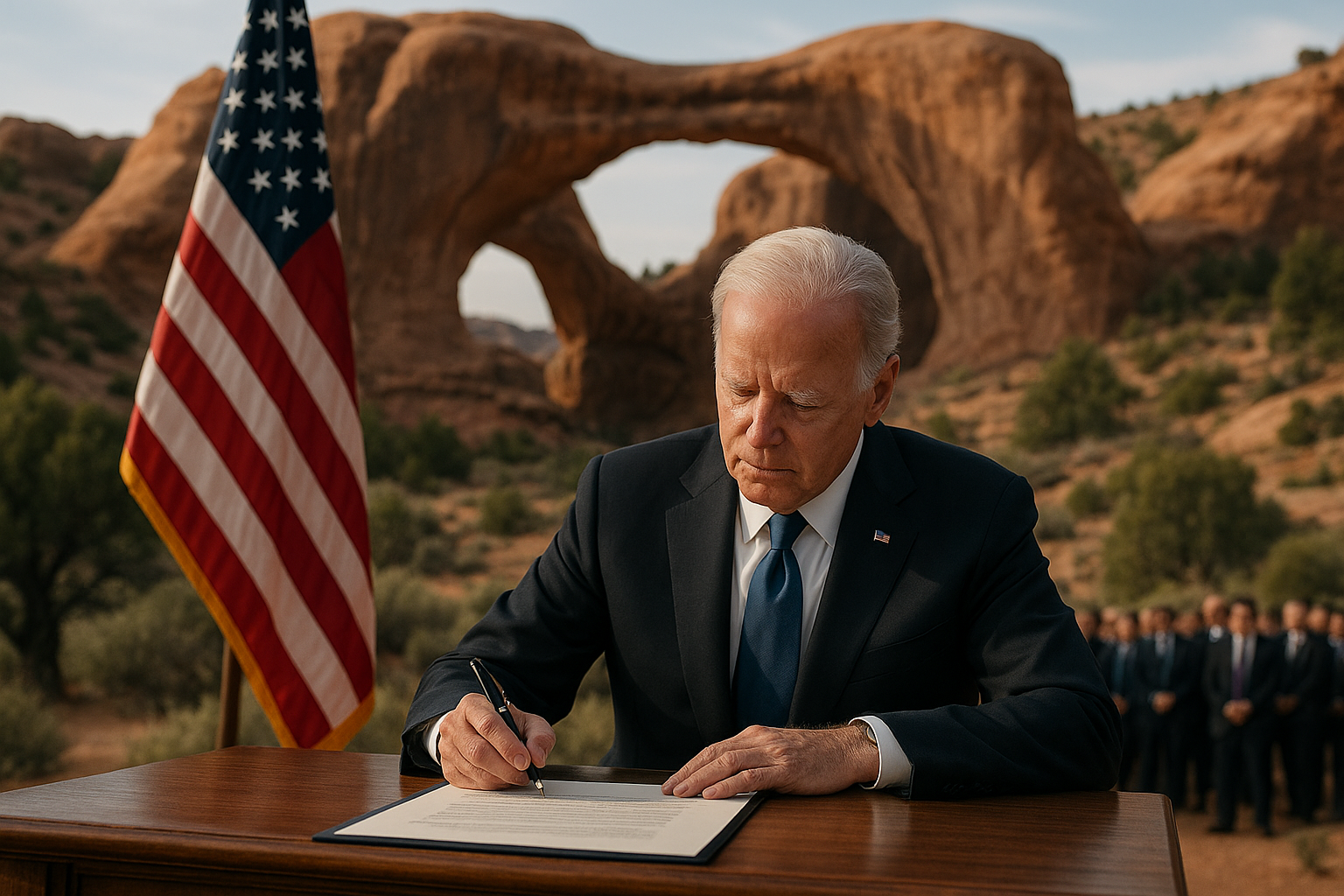Modernizing the Antiquities Act: An Examination of Current Reforms and Their Implications
The Antiquities Act, a pivotal piece of US legislation, is currently under scrutiny for potential reforms. This article explores the historical context, present developments, and the societal implications of these proposed adjustments. First enacted in 1906, the Antiquities Act has been a cornerstone of American cultural and historical preservation. The law grants the President the power to declare national monuments on federal lands, protecting significant natural, historical, or scientific features. This provision has been instrumental in preserving numerous American landmarks, from the Statue of Liberty in New York to the Grand Canyon in Arizona.

Push for Amendments
In recent years, controversy has arisen surrounding the scope of Presidential power under the Antiquities Act. Critics argue that the law has been used excessively, leading to the unnecessary restriction and overregulation of land use. These concerns have spearheaded legislative attempts to amend the Act, primarily seeking to limit the President’s authority to declare national monuments without state or local consent.
Changes on the Horizon
The most notable of these legislative attempts is the PROTECT Act, introduced in Congress in 2021. The bill proposes substantial changes to the Antiquities Act, requiring the approval of both state governors and local governments before a monument can be declared. Additionally, it seeks to limit the size of monuments to a maximum of 85,000 acres.
Societal Implications
The potential reforms to the Antiquities Act have stirred spirited debate. Proponents argue that these changes would encourage a more democratic process, ensuring local communities have a say in land management decisions. Critics, however, worry that these amendments could undermine the Act’s protective purpose, potentially leaving significant cultural and natural resources vulnerable.
Balancing Preservation and Progress
The discussion surrounding the Antiquities Act brings into focus a broader issue: the delicate balance between preserving cultural heritage and accommodating societal progress. It serves as a reminder of the continuous need to reassess and adapt our laws to ensure they remain effective and relevant in an ever-changing society.
In conclusion, the potential reforms to the Antiquities Act underscore the dynamic and responsive nature of our legal system. As we continue to debate the merits of these changes, it is crucial to ensure that our laws strike the right balance between preservation and progress. The outcome of these reforms will undoubtedly have far-reaching implications, shaping the future of American cultural and historical preservation.




